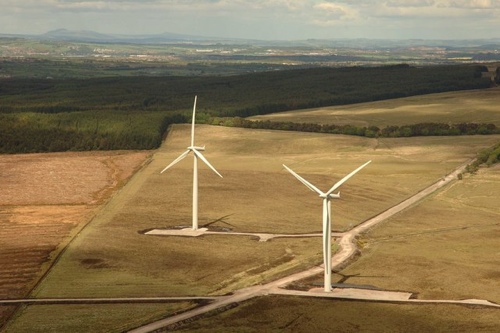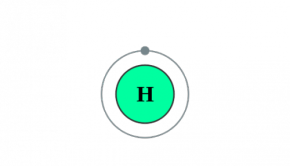The True Cost of Electricity Calculated
September 30th, 2012 by James Ayre
Wind power and solar power from new power plants in Europe is significantly cheaper than electricity from fossil fuel or nuclear power plants when you factor in health and environmental damage, according to a new report.
The ‘true’ cost of electricity can be a difficult thing to calculate because of all the subsidies, taxes, and duties that the power sources receive, and that’s not even factoring in the impact these power sources have on human health, ecosystems, and free environmental ‘services’ (or so called “externalities“–externalized costs of doing business that someone else pays for).
So in a recent study, researchers from Green Budget Germany (GBG) took a closer look at these hidden costs, in order to get a better idea of electricity’s true cost. Their new research calculated the health and environmental expenses related to various currently-available energy sources.
According to that research, the cheapest energy sources in the world currently are wind power and solar power. “One kilowatt hour (kWh) of electricity produced by wind power stations on the coast or in the countryside costs an average of 0.07 euro (about $0.09).”
“New solar energy plants in central and southern Europe produce electricity for an average of 0.14 euro per kWh. In Germany, the cost is about 0.18 euro when using rooftop solar panels, while in southern European solar parks it costs about 0.10 euro per kWh.”
The report makes the point that electricity that is produced from new coal plants is twice as expensive as wind power, and around the same cost as solar power. This combination of increasing energy costs and continued innovation in clean energy technology will, by 2020, make wind power and solar power the cheapest way to produce electricity by far, according to the GBG.
Using fossil fuels to generate electricity results in pollutants that lead to high economic costs — in particular, greenhouse gases like carbon dioxide, according to the GBG report. As another example, the particulate pollution from coal power plants has been proven to regularly lead to respiratory disease. When a child develops a respiratory disease from this choice of power source, then it incurs high medical costs that are subsequently paid for by the government or the child’s family, and that’s not even including an effect this disease has on quality of life.
“An extensive 2006 study by Nicholas Stern, the former chief economist of the World Bank, also estimated high costs from the consequences of using fossil fuels. By the end of the century, it said the bill would total over 5 trillion euros ($6.4 trillion).”
It is coal power plants that are the most destructive to the environment, based on the research done by Barbara Breitschopf from the Fraunhofer Institute. “Power plant operators currently pay only a small portion of these costs as part of the so-called CO2 certificate. European citizens are currently paying about 0.09 euros per kWh for health and environmental damages by generating electricity from coal.“
While wind power is considered to have a very limited effect on the environment, the production of photovoltaic cells for solar power currently does have some negative effect on the environment. To produce solar modules, a large amount of electricity is needed, which leads to higher emissions — this results in an extra cost of 0.01 cent per kWh.
Nuclear energy costs, predictably, much more than other sources because of the truly massive costs of disasters like Fukushima and Chernobyl.
The report continues:
Calculating the cost of nuclear energy is more difficult. A newly constructed nuclear power plant raises the average cost to about 0.20 euros per kWh, according to the California Energy Commission. By contrast, old, written off plants in Germany produce electricity at a bargain rate of 0.02 or 0.03 euros per kWh.
However, other risks not covered by power plants operators affect the total cost of nuclear energy, such as the chance of a nuclear accident. It’s estimated that Fukushima and Chernobyl have cost many hundreds of billions of euros, and that society has paid most of the damages.
GBG’s Bettina Meyer has analyzed studies on these external costs in her recent report. She estimates that additional risks raise the cost of nuclear energy to between 0.11 and 0.34 euros per kWh. If these costs were added to electricity costs, a kWh of electricity generated by a new nuclear power plant would cost between 0.31 and 0.54 euros and, if produced by an old plant, between 0.13 and 0.36 euros.
Source: DW
Image Credits: Wind Scotland via Wikimedia Commons
Keep up to date with all the hottest cleantech news by subscribing to our (free) cleantech newsletter, or keep an eye on sector-specific news by getting our (also free) solar energy newsletter, electric vehicle newsletter, or wind energy newsletter.


























Pingback: Accelerating the Drive toward Renewable Energy (Exclusive Article from Adnan Z. Amin) - CleanTechnica